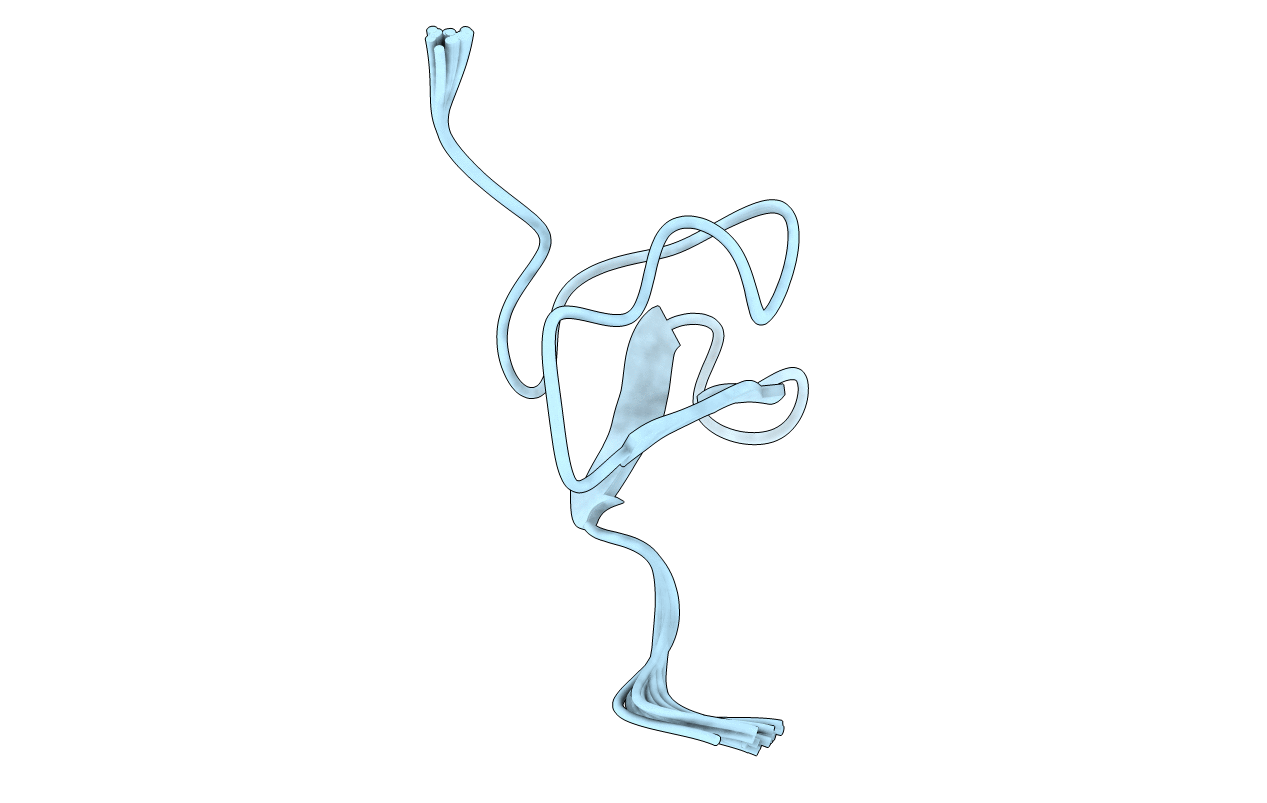
Deposition Date
2015-04-12
Release Date
2016-03-02
Last Version Date
2024-10-09
Entry Detail
Biological Source:
Source Organism:
Grammostola rosea (Taxon ID: 432528)
Host Organism:
Method Details:
Experimental Method:
Conformers Calculated:
200
Conformers Submitted:
20
Selection Criteria:
target function


